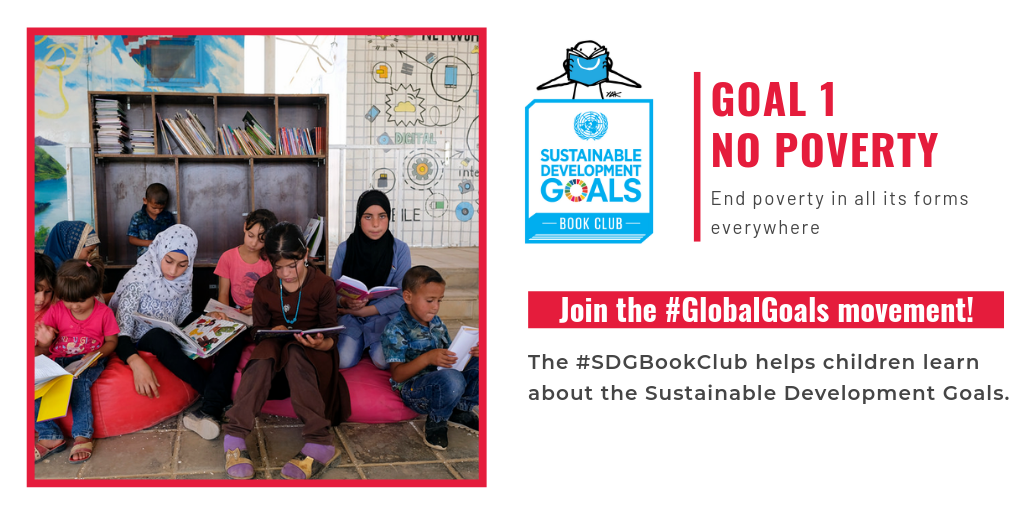Elsevier,
Sex Differences in Cardiovascular Physiology and Pathophysiology, Academic Press, 2019, Pages 185-201
This book chapter addresses SDG 3 and 5 by reviewing the differences in awareness, risk factors, pathophysiology, clinical presentation, diagnostic evaluation, and management between men and women with coronary artery disease (CAD).
Cystic fibrosis is a genetic disease affecting more than 70,000 people worldwide. Caused by a mutation in the CFTR gene, cystic fibrosis can result in difficulty breathing, widespread bacterial infections, edema, malnutrition, pancreatitis, and death. Current drug-based treatments struggle to reach the site of action due to the thick mucus, and only manage symptoms such as blocked airways, lung infections, and limited ability to digest food. Nanotechnology opens up possibilities for improved treatment strategies by focusing on drug penetration through the mucus lining, eliminating resulting bacterial infections, and targeting the underlying genetic cause of the disease. In this review, we present recent nanoparticle developments for cystic fibrosis, challenges in nanomedicine therapeutics, and future research directions in gene editing and nonviral vectors for gene delivery.
More than 30 sterols/oxysterols/sterol-acids analysed in human CSF. 7α,25-Dihydroxy-3-oxocholest-4-en-26-oate reduced in AD patient-group. 7α,25-Dihydroxy-3-oxocholest-4-en-26-oate – an intermediate in bile acid synthesis. Bile acid synthesis linked to AD.
The #SDGBookClub helps children learn about the Sustainable Development Goals. The book club presents a selection of books for children aged 5-12 on each of the goals. Check out the books that have been selected in support of Goal 1 - No Poverty.
Provides some details about the hydrologic cycle and then discusses the physical geology of groundwaters.
This book chapter advances SDG 14 by discussing measures of freshwater species diversity and how and why diversity varies among and within habitats. Also discussed are extinctions caused by humans and some of the associated consequences, as well as consequences of invasive species.
An Introduction to Green Nanotechnology - Chapter 3: Biological Sources Used in Green Nanotechnology
Interface Science and Technology, Volume 28, 2019, Pages 81-111
This book chapter addresses goals 9, 12 and 15 by looking at how green nanotechnology can facilitate sustainable methods leading to reduced environmental impacts, improved conservation, and the protection of resources and human health.
Elsevier,
Hunter's Tropical Medicine and Emerging Infectious Disease (Ninth Edition), 2013, Pages 148-156
This chapter supports SDGs 3 and 16 by exploring complex emergencies and how displaced populations are at increased risk of increased morbidity and mortality.Disasters, either natural or man-made, disrupt the baseline functioning of a community, including food, water, sanitation and health. The resiliency of a community to recover from a disaster depends on existing economic and social structures. Poverty and inadequate economic and social systems are prevalent in tropical regions, making them extremely vulnerable to disasters.
Although it may be an "invisible disability", people with all types of diabetes are protected under the Americans with Disabilities Act. This chapter contributes to SDG 3 by addressing the patterns, risk factors and prevention tactics for the epidemic of diabetes in the US population.
This book chapter addresses goals 12, 7, 11 and 15 by looking at the environmental and economic impact of the utilization of biomass resources.

